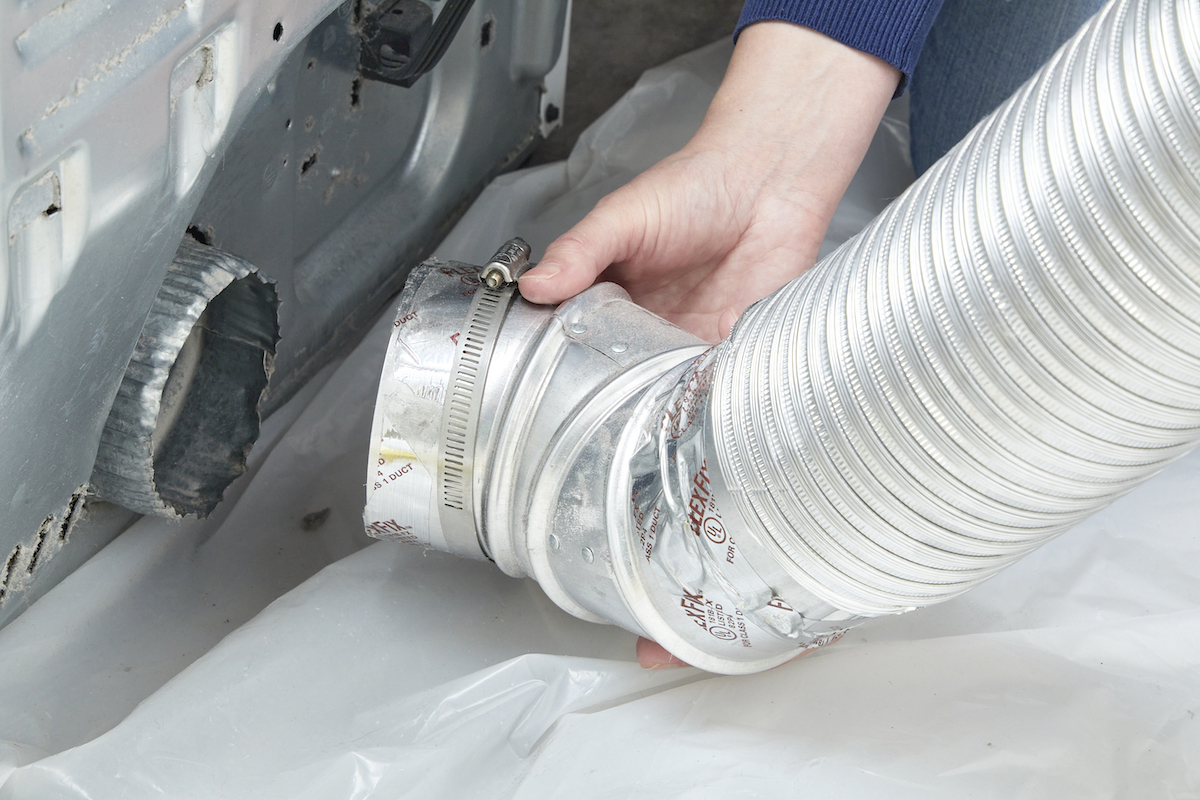Running a dryer vent seems simple, but it requires careful planning to ensure both efficiency and safety. The question often arises: What is the maximum distance you can run a dryer vent while ensuring that your dryer performs excellently and maintains safety standards? This guide will cover all aspects of dryer vent installation to help you make informed decisions.

Importance of Proper Dryer Vent Installation
Installing your dryer vent correctly is crucial for maintaining your dryers efficiency. If the vent is too long, it can lead to several problems, including lint build-up, longer drying times, and potential fire hazards. Thus, understanding the maximum allowable vent length is critical.
Basic Guidelines for Dryer Vent Length
The standard recommendation for the maximum distance of a dryer vent is usually about 25 feet. However, this distance can be shorter if there are multiple bends or turns in the vent pipe. Each 90-degree bend typically reduces the vent’s total allowable length by 5 feet.
What Factors Affect Dryer Vent Length?
- Type of Dryer: Electric dryers and gas dryers may have different specifications for venting. Always check the manufacturer’s recommendations.
- Bends in the Vent: As mentioned, every bend reduces the maximum length of the vent.
- Vent Material: The type of duct used can impact airflow and should be considered when planning your vent length.
The Role of Local Building Codes
Local building codes may dictate specific requirements for dryer vent lengths. Always check with your local authorities to ensure compliance with such regulations, as failure to do so can result in fines or safety hazards.
Common Mistakes in Dryer Vent Installation
Many homeowners make mistakes during dryer vent installations that can lead to inefficiency and risk. These include incorrect venting materials, improper routing of the vent line, and failing to check and clean the vent periodically.
Benefits of Proper Dryer Vent Installation
Proper installation maximizes your dryers lifespan and reduces energy costs. It also significantly reduces the risk of dryer fires, which are commonly caused by vent blockages.
Maintenance Tips for Your Dryer Vent
- Regularly clean the lint trap before or after each use.
- Conduct an annual inspection of your dryer vent system.
- Consider professional help if you notice longer drying times or excessive heat.
Signs You May Need a Vent Assessment
If you notice that clothes are taking longer to dry or if the dryer seems unusually hot, it may be time to assess your dryer vent system. This could mean shortening the vent or cleaning it thoroughly.
How to Shorten Dryer Vent Length
If your vent is too long, consider repositioning your dryer closer to an exterior wall or re-routing the vent to optimize its length. Removing any unnecessary bends can also help.
Professional Installation vs. DIY
While DIY installation is possible, hiring a professional can ensure that your dryer vent is installed to the highest safety standards. They can also offer valuable advice on maintenance and material choices.
Choosing the Right Materials
Always opt for materials that meet building codes and promote optimal air flow. Metal ducts are typically recommended over plastic ones due to their durability and flame resistance.
FAQs
What is the best material for a dryer vent?
It is recommended to use rigid metal ducts for dryer vents. They are durable and minimize the accumulation of lint.
Can I use PVC for a dryer vent?
No, PVC is not recommended for dryer vents because it can cause static that attracts lint, increasing the fire risk.
How often should I clean my dryer vent?
At least once a year, or more frequently if you notice issues such as longer drying times.

Conclusion
Answering the question What is the maximum distance you can run a dryer vent is not just about measuring a straight line. It involves a complex understanding of your dryer type, materials used, and local building codes. Taking these factors into account will ensure the safety and efficiency of your dryer system. For additional information on maintaining air quality related to dryer vents, visit common issues and their solutions.






